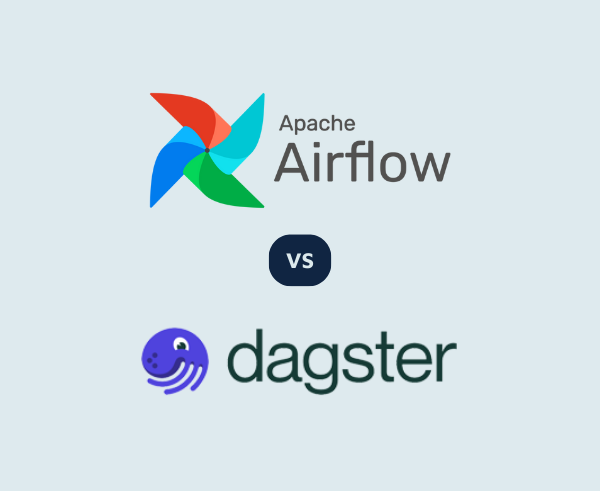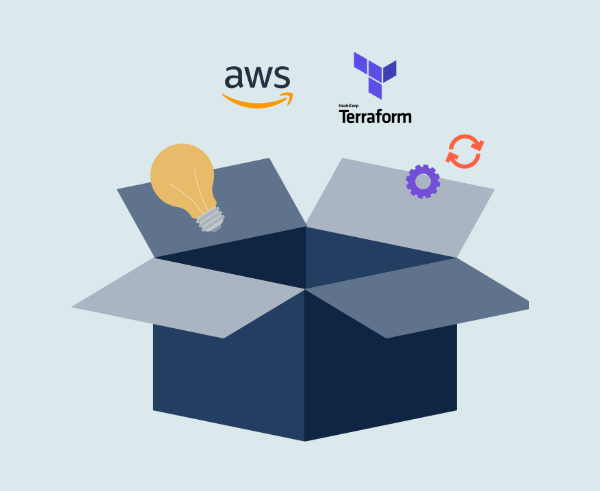Kubernetes from scratch to AWS with Terraform and Ansible (part 2)


Part 1: Provision the infrastructure, with Terraform.Part 2 (this article): Install and configure Kubernetes, with Ansible.Part 3: Complete setup and smoke test it, deploying a nginx service.
The complete working project is available here: https://github.com/opencredo/k8s-terraform-ansible-sample
Installing Kubernetes
In the previous article, we created all AWS resources, using Terraform. No Kubernetes component has been installed yet.
We have 9 EC instances (hosts, in Ansible terms), 3 of each type (group, for Ansible):
- Controllers: Kubernetes HA master
- Will run Kubernetes API Server, Controller Manager and Scheduler services
- Workers: Kubernetes Nodes or Minions
- Will run Docker, Kubernetes Proxy and Kubelet services
- Will have CNI installed for networking between containers
- etcd: etcd 3 nodes cluster to maintain Kubernetes state
All hosts need the certificates we generated, for HTTPS.

First of all, we have to install Python 2.5+ on all machines.
Ansible project organisation
The Ansible part of the project is organised as suggested by Ansible documentation. We also have multiple playbooks, to run independently:
- Bootstrap Ansible (install Python). Install, configure and start all the required components (
infra.yaml) - Configure Kubernetes CLI (kubectl) on your machine (
kubectl.yaml) - Setup internal routing between containers (
kubernetes-routing.yaml) - Smoke test it, deploying a nginx service (
kubernetes-nginx.yaml) + manual operations
This article walks through the first playbook (infra.yaml).
The code snippets have been simplified. Please refer to project repository for the complete version.
Installing Kubernetes components
The first playbook takes care of bootstrapping Ansible and installing Kubernetes components. Actual tasks are separate in roles: common (executed on all hosts); one role per machine type: controller, etcd and worker.Before proceeding, we have to understand how Ansible identifies and find hosts.

Dynamic Inventory
Ansible works on groups of hosts. Each host must have a unique handle and address to SSH into the box.The most basic approach is using a static inventory, a hardwired file associating groups to hosts and specifying the IP address (or DNS name) of each host.A more realistic approach uses a Dynamic Inventory, and a static file to define groups, based on instance tags. For AWS, Ansible provides an EC2 AWS Dynamic Inventory script out-of-the-box.
The configuration file ec2.ini, downloaded from Ansible repo, requires some change. It is very long, so here are the modified parameters only:https://gist.github.com/nicusX/587c5ff7e9c0b82c753fd05c3c01e6a5Note we use instance tags to filter and identify hosts and we use IP addresses for connecting to the machines.A separate file defines groups, based on instance tags. It creates nicely named groups, controller, etcd and worker (we might have used groups weirdly called tag_ansibleNodeType_worker…). If we add new hosts to a group, this file remains untouched.
https://gist.github.com/nicusX/9cb0f27a9a7dbafd2cedd4e3abe70e43
To make the inventory work, we put Dynamic Inventory Python script and configuration file in the same directory with groups file.
ansible/
hosts/
ec2.py
ec2.ini
groups The final step is configuring Ansible to use this directory as inventory. In ansible.cfg:
https://gist.github.com/nicusX/47ca9bf930db61127c6a873ea2600ad3
Bootstrapping Ansible
Now we are ready to execute the playbook (infra.yaml) to install all components. The first step is installing Python on all boxes with a raw module. It executes a shell command remotely, via SSH, with no bell and whistle.https://gist.github.com/nicusX/b1e15f51b3c425e2c2c7fec015b8e22f
Installing and configuring Kubernetes components: Roles
The second part of the playbook install and configure all Kubernetes components. It plays different roles on hosts, depending on groups. Note that groups and roles have identical names, but this is not a general rule.https://gist.github.com/nicusX/e19d1c35cf915127622233ca65121df8Ansible executes the common role (omitted here) on all machines. All other roles do the real job. They install, set up and start services using systemd:
- Copy the certificates and key (we generated with Terraform, in the first part)
- Download service binaries directly from the official source, unpack and copy them to the right directory
- Create the systemd unit file, using a template
- Bump both systemd and the service
- Verify the service is running
Here are the tasks of etcd role . Other roles are not substantially different.https://gist.github.com/nicusX/31c530a7c35a374be974e8bc5546adf0We generate etcd.service from a template. Ports are hardwired (may be externalised as variables), but hosts IP addresses are facts gathered by Ansible.https://gist.github.com/nicusX/371824881f8d331d4529ceabd571e318
Known simplifications
The most significant simplifications, compared to a real world project, concern two aspects:
- Ansible workflow is simplistic: at every execution, it restarts all services. In a production environment, you should add guard conditions, trigger operations only when required (e.g. when the configuration has changed) and avoid restarting all nodes of a cluster at the same time.
- As in the first part, using fixed internal DNS names, rather than IPs, would be more realistic.
Next steps
The infra.yamlplaybook has installed and run all the services required by Kubernetes. In the next article, we will set up routing between Containers, to allow Kubernetes Pods living on different nodes talking each other.
This blog is written exclusively by the OpenCredo team. We do not accept external contributions.



